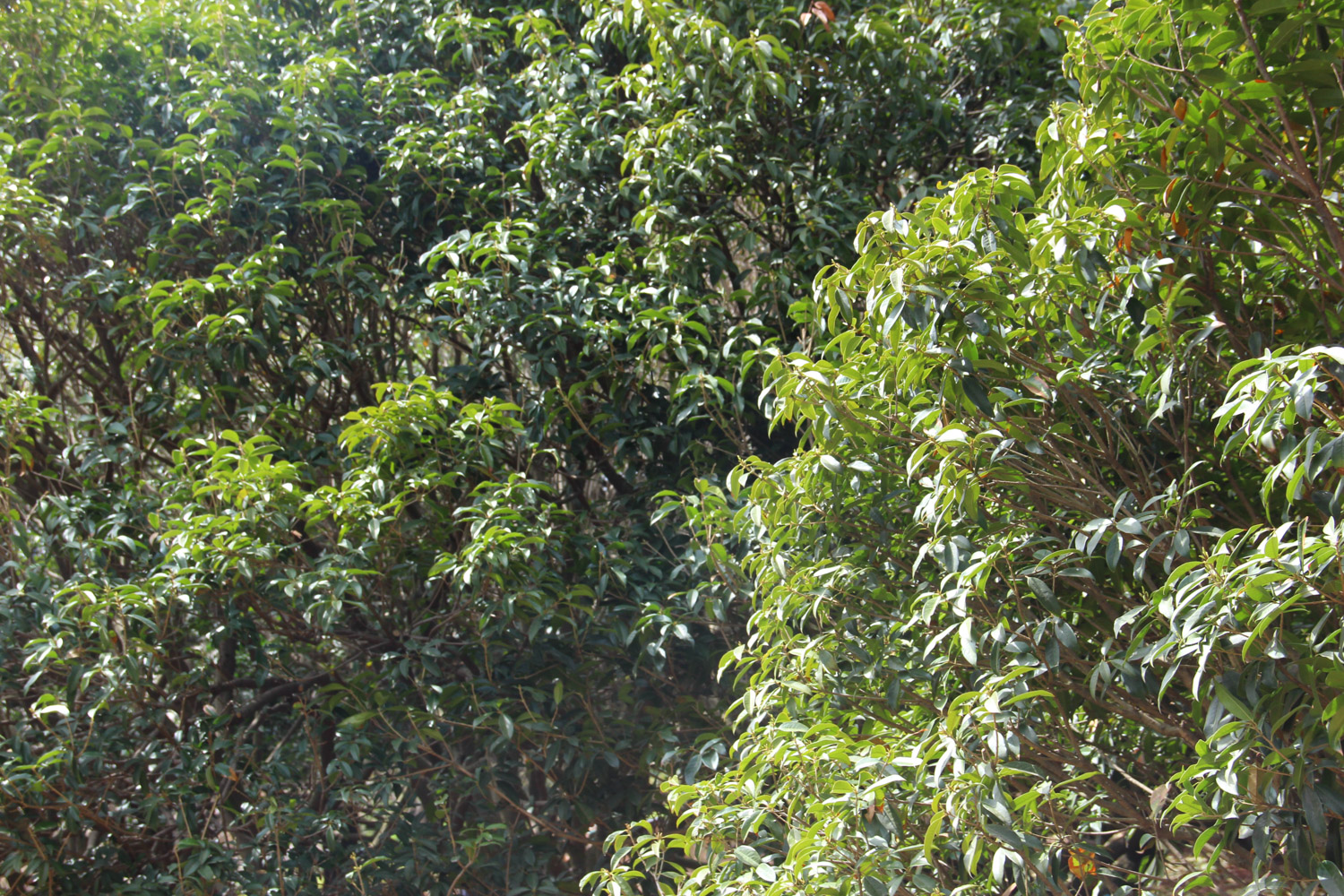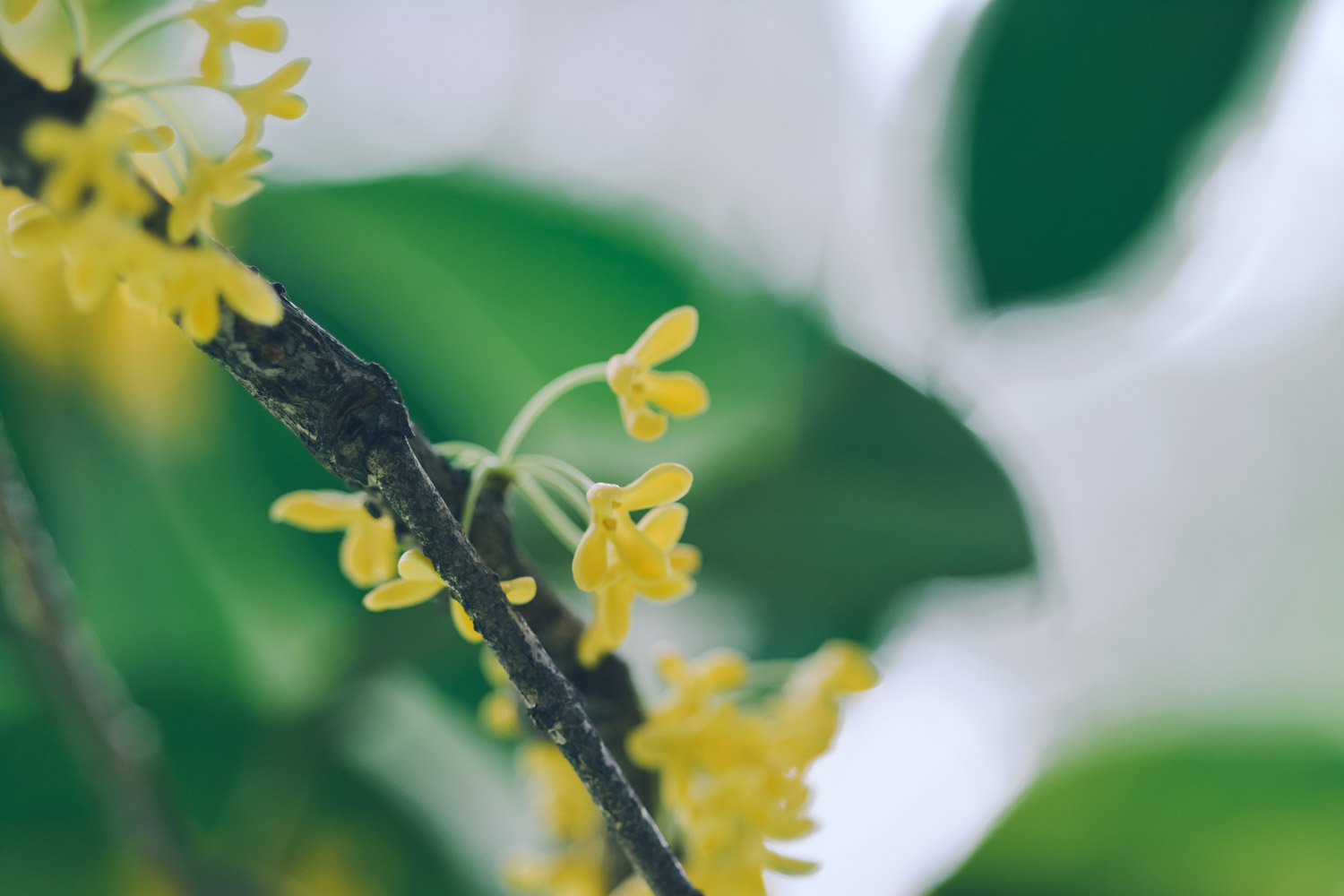1、 Breeding environment
1. Soil: Osmanthus fragrans likes slightly acidic soil, which can be mixed with humus soil or peat, garden soil and sandy soil
2. Watering: water less before the new shoots grow, less in rainy season on cloudy days, and more in dry summer. Watering should be appropriate, and there should be no ponding in the basin soil. Watering should be sufficient in summer. Watering can be done once in the morning and evening. Shading measures should be taken at noon, and water can be sprayed around to achieve the effect of cooling
3. Fertilization: apply rotten thin cake fertilizer and water every 10 days after germination. It is suitable to apply compound organic fertilizer in July and phosphate fertilizer in September to help it grow and blossom
4. Light: Osmanthus fragrans likes sunshine. During flower bud differentiation, it receives about 8 hours of light every day. In winter, if the temperature is too low and the light is insufficient, it will lead to fallen leaves, so it is necessary to take appropriate measures to keep warm

2、 Breeding method
1. Sowing and reproduction: remove the shell of the mature stone fruit, store it after drying, sow it in the early spring of the next year, and take root and sprout after the weather warms
2. Cutting propagation: remove the young leaves at the top of the cuttings, cut off all the leaves at the lower end, leave a pair of leaves at the upper end, and insert them into the soil. It needs shade in sunny days

3、 Common diseases
1. Brown spot: timely remove the diseased branches and leaves, spray 1000 times of potassium permanganate, and strengthen ventilation to avoid being caught in the rain
2. Leaf blight: it is easy to aggravate in the environment of high temperature and humidity. The diseased leaves should be cleaned and burned to avoid increasing the source of infection. The soil should be loosened frequently. In case of dry weather, it should be watered in time to increase its disease resistance


 how many times do yo...
how many times do yo... how many planted tre...
how many planted tre... how many pine trees ...
how many pine trees ... how many pecan trees...
how many pecan trees... how many plants comp...
how many plants comp... how many plants can ...
how many plants can ... how many plants and ...
how many plants and ... how many pepper plan...
how many pepper plan...





























